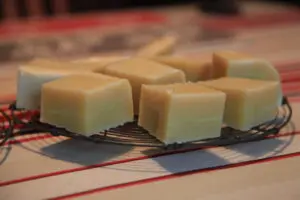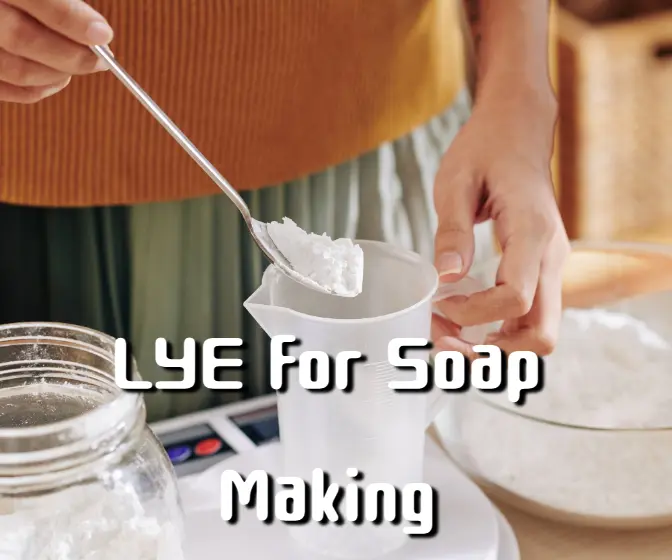The Delicate Art of Soap Making
The process of soap-making might be intricate, yet the ingredients used are relatively uncomplicated and commonly available. These include lye, oils, water, fragrances, colorants, and optional additions based on preference. The source of fats and oils used can be of vegetable or animal origin, thus enabling a variation in soap types.

The Backbone of Soap: Oil and Fats
Key within the soap-making process are the oils or fats utilized. Fixed oils, which can withstand high temperatures without evaporating, are often the most viable options. These include a range of base oils like palm, olive, and coconut, all prominent in soap recipes. There are two types of fats commonly used in this craft:
- Saturated fats: These contribute to a hard soap. Examples include shea butter and cocoa butter.
- Unsaturated fats: Primarily vegetable oils that cater to the creation of liquid soap.
Saturated Fats: For Hard Bars
Most solid fats used in soap making, such as shea butter and cocoa butter, are saturated fats that require melting before incorporating them into the soap mix. The resultant soap bar tends to be harder by including more of these saturated fats.
Unsaturated Fats: For Liquid Soap
Liquid entity vegetable oils are generally unsaturated fats. They primarily contribute to producing liquid soap.
Lye: The Reactant

Lye, traditionally hand-extracted from wood ashes, is a significant component in soap making. It is responsible for hydrolyzing fats or oils and instigating their transformation into soap. You can find it conveniently in most grocery stores or hardware shops. Learn why lye is used for soap.
Water: The Silent Component
When it comes to soap making, water quality is a crucial factor to consider. The presence of certain additives and minerals in tap water can negatively impact the soap-making process and ultimately affect the quality of the final product.
Therefore, it is highly recommended to use spring or bottled water for optimal results. In addition to using the right type of water, there are several other tips and tricks to keep in mind when it comes to soap making.
For instance, it is essential to accurately measure and mix all ingredients in the correct proportions. This will help ensure that the soap sets properly and has a consistent texture and appearance.
Fragrancing your Soap
Scents add a unique character to the soap. However, the choice of fragrances can impact both the soap-making process and the final product’s skin compatibility. Fragrances fall into two categories:
Fragrance oils: These are man-made and contain alcohol. Therefore, they could potentially irritate the skin or disrupt the soap-making process. They are generally recommended to be avoided.
Essential oils: These are the preferred choice for scenting soap.
The Full-Boiled Method
This method involves mixing all the ingredients into a large container and heating them. The process triggers soap formation while producing glycerin as a by-product – a substance often extracted and sold separately by commercial soap makers. However, leaving glycerin in your homemade soap can result in a bar that has enhanced moisturizing and skin-conditioning benefits compared to commercial alternatives.
Rebatching: A Second Chance
The process of rebatching involves melting soap scraps or chunks of soap base and remolding them. This method is especially handy if you end up with warped or aesthetically blemished soap bars that are otherwise perfectly usable. Moreover, if you include medicinal or beautifying herbs in your soap, rebatching can help to maximize their benefits.
Soap making is a beautifully complex procedure resulting in a simple yet crucial product in our everyday lives. With the right measure of knowledge and patience, it offers a rewarding experience and end product.



